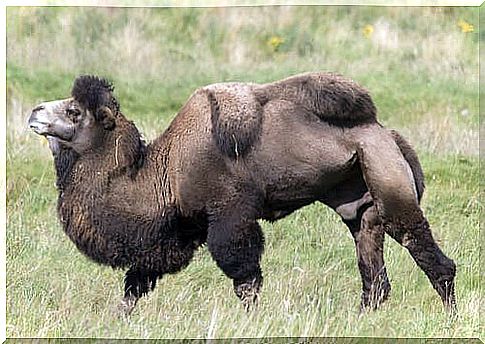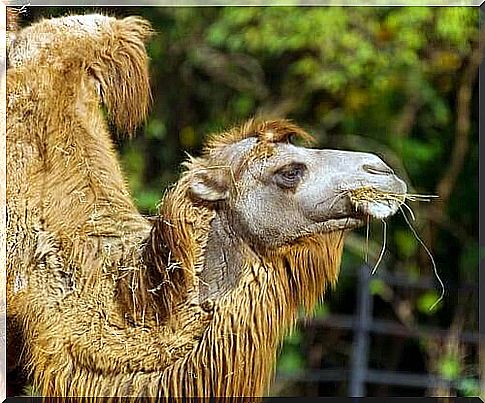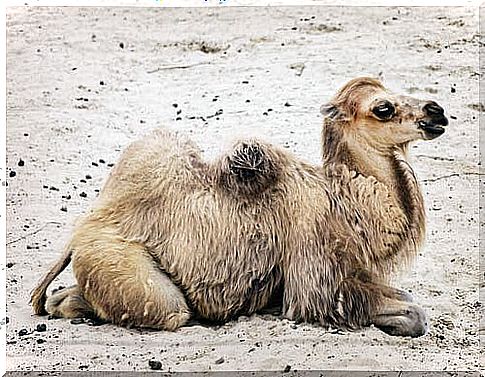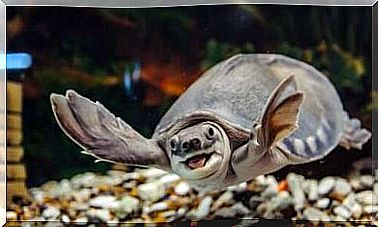Bactrian Camel: Food And Habitat

The Bactrian camel, whose scientific name is Camelus bactrianus , is originally from Bactria and is characterized by its resistance to extreme climates, as it is able to survive long periods without drinking or eating.
The region formerly known as Bactria was a territory with Greek sovereignty, between the mountains of the Hindu Kush and the river Amu Daria, and where it is believed that there are more than 2500 years, the Bactrian camel was domesticated and came.
The morphology of this animal stands out for the presence of two prominent dorsal humps that, together with its dense coat and robust constitution, allow the ability to tolerate extreme temperatures.
Bactrian camel feeding
This species maintains a herbivorous diet that includes a great diversity of vegetables. However, when weather conditions are drastic and resources become scarce, he can eat meat, bones and all kinds of matter that provide nutrients in general.
This adaptive capacity is critical to survival in environments that are defined both by their inequality and their rawness.

Like other camels, it is also a ruminant. That is, once the food is ingested and passes through the stomach, it is regurgitated to be chewed again and thus complete the digestion process. Most of the fat is accumulated in the two humps, which act as a reservoir of energy in times of scarcity.
Regarding hydration, the Bactrian camel can drink up to 200 liters of water a day and, thus, it compensates for the dry seasons during which it can spend up to 10 days without drinking any liquid.
On the other hand, depending on the habitat in which it is located, it can be prey for native animals, such as pumas or coyotes, to which it usually transmits diseases by being a carrier of parasites.
Habitat and state of conservation
The Bactrian camel is endemic to the arid steppes of the former USSR, Mongolia and northeastern China. Currently, the populations of these places have been reduced to small nuclei, although they can still be found in the Gobi Desert or other extreme environments in Asia, where daytime temperatures during the summer can exceed 50 degrees Celsius.

Progressively, it was introduced as an exotic species in northern Mexico for use, given its easy domestication and its ability to adapt to different environments.
Despite this dispersion thanks to human intervention, the importance of this mammal remains limited to livestock in the Asian continent, especially in Mongolia and Iran. In these countries, in addition to being a pack animal, it is also appreciated for its meat, milk and your skin.
Currently, for the International Union for Conservation of Nature (IUCN) on its so-called red list, which includes the conservation status of species worldwide, the Bactrian camel is in the critical hazard category .
In fact, in the middle of the last century, the species was considered extinct in relation to its natural wild distribution, which was denied after the discovery of a small group of individuals in the Gobi Desert, in 1957.
Currently, it is estimated that the number of specimens in Asia does not exceed 1,000 individuals and the main threat is the destruction of their habitat by human action. Thus, it is possible to see how one of the animals considered more capable of resisting adverse situations has the human factor as its main enemy.









